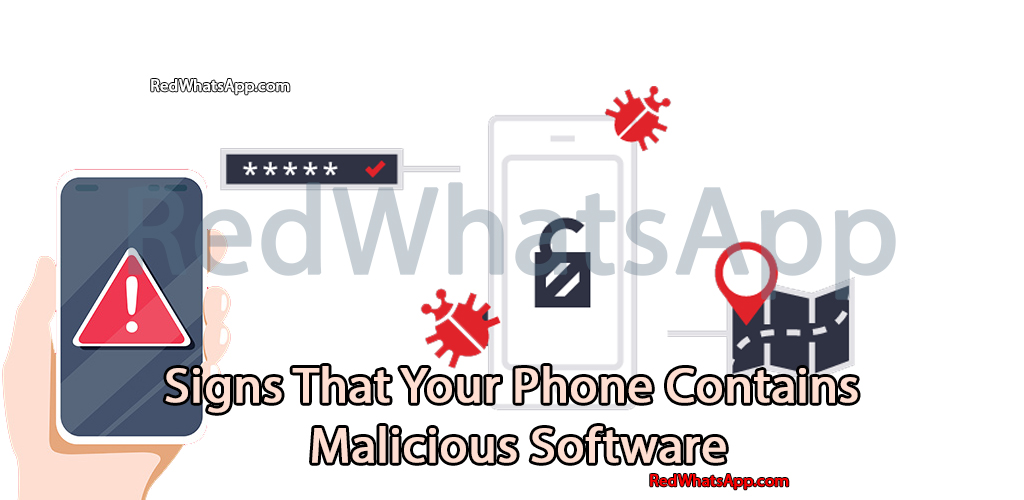Signs That Your Phone Contains Malicious Software
As the popularity of Android smartphones continues to grow, so does the risk of encountering malicious software on these devices. Malware poses a significant threat, ranging from compromising personal information to slowing down your phone’s performance and bombarding it with intrusive ads. With the Google Play store also falling victim to some malicious apps, users must be vigilant and aware of the signs that their phones might be infected. In this article, we will explore three simple yet crucial indicators that can help users identify if their Android device contains harmful software.
What is Malicious Software?
Malicious software, commonly known as malware, refers to any software or application designed to harm or exploit a device, network, or user. Malware can enter your Android phone through various means, including downloading apps from unverified sources, clicking on malicious links, or opening infected attachments. Once installed, malware can wreak havoc on your phone’s functionality and your data privacy.
Signs of Malicious Software
- Excessive Advertisements: If you notice an unusual surge in advertisements appearing throughout your apps, browser, or even on your main menu, it could be a sign of malware. Malicious software often bombards users with intrusive and irrelevant ads, generating revenue for scammers.
- Missing App Icons: Another red flag is the sudden disappearance of app icons after installing a new application. If you cannot locate the newly installed app in your list of applications, it might indicate the presence of malware.
- Rapid Battery Drain: Malware can consume a significant amount of your phone’s resources, leading to quicker battery drainage than usual. If you find yourself needing to recharge your phone more frequently, it’s essential to investigate further for potential malware infections.
How to Get Rid of Malware
If you suspect that your Android device has been compromised by malicious software, there are steps you can take to safeguard your data and restore your phone’s security:
- 1. Update the Operating System: Ensure that your phone’s operating system is up-to-date. Regularly updating to the latest version of the OS helps patch vulnerabilities and weaknesses that malware may exploit.
- 2. Review App Permissions: Go through the permissions granted to the apps on your phone. If you no longer use an app or suspect it to be malicious, revoke its permissions before uninstalling it. Some malware-infected apps gain administrator privileges, requiring additional steps to remove them.
- 3. Use Antivirus Software: Install reputable antivirus software, such as Malwarebytes, Norton, McAfee, or Lookout, to scan your smartphone for any suspicious activity. Antivirus software acts as a shield, protecting your data and phone from potential threats.
Conclusion
In conclusion, being proactive and vigilant can save your Android device from the clutches of malicious software. By recognizing the signs of malware and taking immediate action to remove it, users can ensure a safer and more secure online experience. Regularly updating software, scrutinizing app permissions, and employing antivirus protection are essential steps towards protecting your valuable data and personal information from malicious attacks. Stay informed and take the necessary precautions to enjoy a worry-free smartphone experience.










